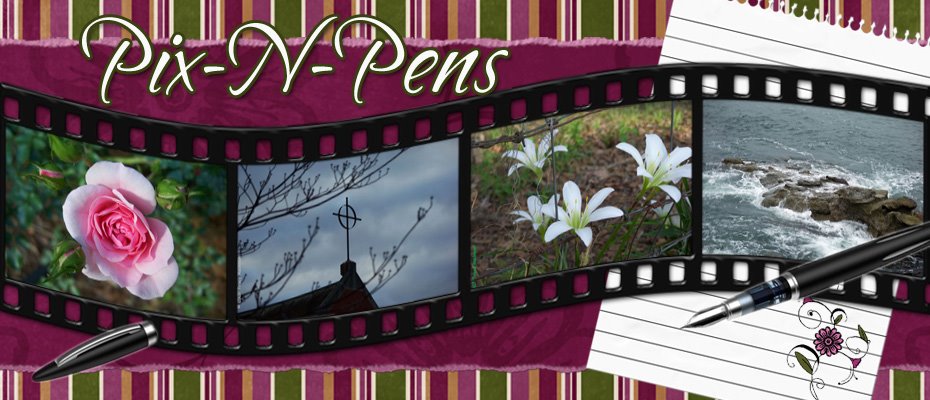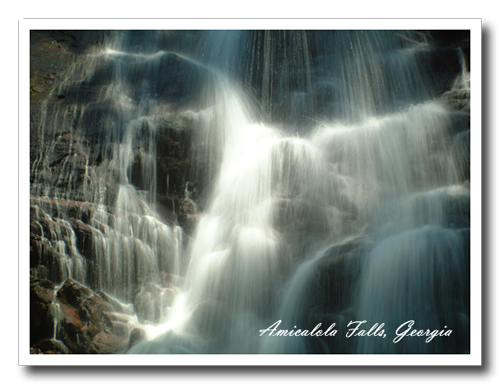Happy Friday, Pixels! It's time for another fun, huge contest!!
Here are the rules: Read the information below, and then help spread the word. For every blog post, every Twitter feed, every Facebook note, and mentions on Shoutlife, MySpace, LinkedIn, your Website, flyers to your writers group, wherever you can think of - the more creative the better - just NO SPAMMING - you'll need to come back here, and leave a link or a description of your efforts in the comments. Every comment on this post that includes a link to a post or a detailed description of how you helped spread the word about WIES WORKSHOPS will receive an entry into the drawing for a $100 Amazon Gift Card. And if you sign up for one or more of the courses, be sure to mention that in the comments, too, (or send Tracy an e-mail if you prefer) and you'll get another entry! I do reserve the right to disqualify any entry based on content or spamming practices.
Links can be posted here between now and Friday, June 19th. The WIES Workshop schedule is updated frequently, so check the schedule for new ideas to post. I'll announce the winner of the $100 Amazon Gift Card on Monday, June 22nd.
Now - here's the big announcement - something I'm very excited about and hope you'll help get the word out. This is the press release I'm sending out to various places - feel free to copy and paste it yourself:
Write Integrity Editorial Services is pleased to announce the formation of WIES Workshops, online writing courses for writers in the Christian market.
“Our goal is to help Christian writers gain and practice the skills they need to succeed in the Christian market,” says Write Integrity owner and Workshop Coordinator Tracy Ruckman. “Our instructors include some of the best and most respected authors in their field. Many of the instructors are bestsellers and award winners and all of them are multi-published.”
Registration is now underway for the first course, which begins June 1st.
Plot Shots: Plotting Your Novel in 12 Easy Snapshots, is an eight-week course taught by Janice Thompson (who also writes as Janice Hanna.) She is the author of over fifty novels and non-fiction books for the Christian market. She loves to work with other writers, sharing from both her journey and her experience. Plot Shots gives non-plotters an opportunity to lay out their stories in a simple yet creative way.
Other courses already on the schedule include:
Introduction to Writing Christian Novels by Virginia Smith
The Passion of Self-Publishing by Kathy Ide
Writing the Historical by Kathleen Fuller
Dialogue by Eva Marie Everson
Writing Magazine Articles by Jeanette Hanscome
Fiction Book Proposals by Virginia Smith
Building Your Publishing Credits by Kathy Ide
Writing for the Middle Grades by Susan Marlow
Writing Devotionals by Jeanette Hanscome
Writing for the YA Market by Jeanette Hanscome
Courses already assigned but still in the planning stages will be added to the calendar as soon as possible. These courses include:
Writing Devotions for Kids or Tweens
Writing for Children
Setting as Character
Career Building
Characterization
Writing How-To Books
Writing for Tweens and Teens
We also have several other courses in the early planning stages that will be added as the information becomes available.
Each course is taught through an online group, and lasts from four to ten weeks, depending on the course. Fees range from $100-$150 per course. "This is a good alternative to writer's conferences if you can't afford to go, or can't take the time away from family, work, or other obligations. Our courses provide quality instruction, some offer handouts, some multi-media presentations, and of course, all courses offer invaluable networking with other students and the instructor," says Ruckman.
Registration is now open for some of the classes. Check the Write Integrity Web site regularly for course descriptions, dates, and fees.
For more information, e-mail Tracy Ruckman.















































